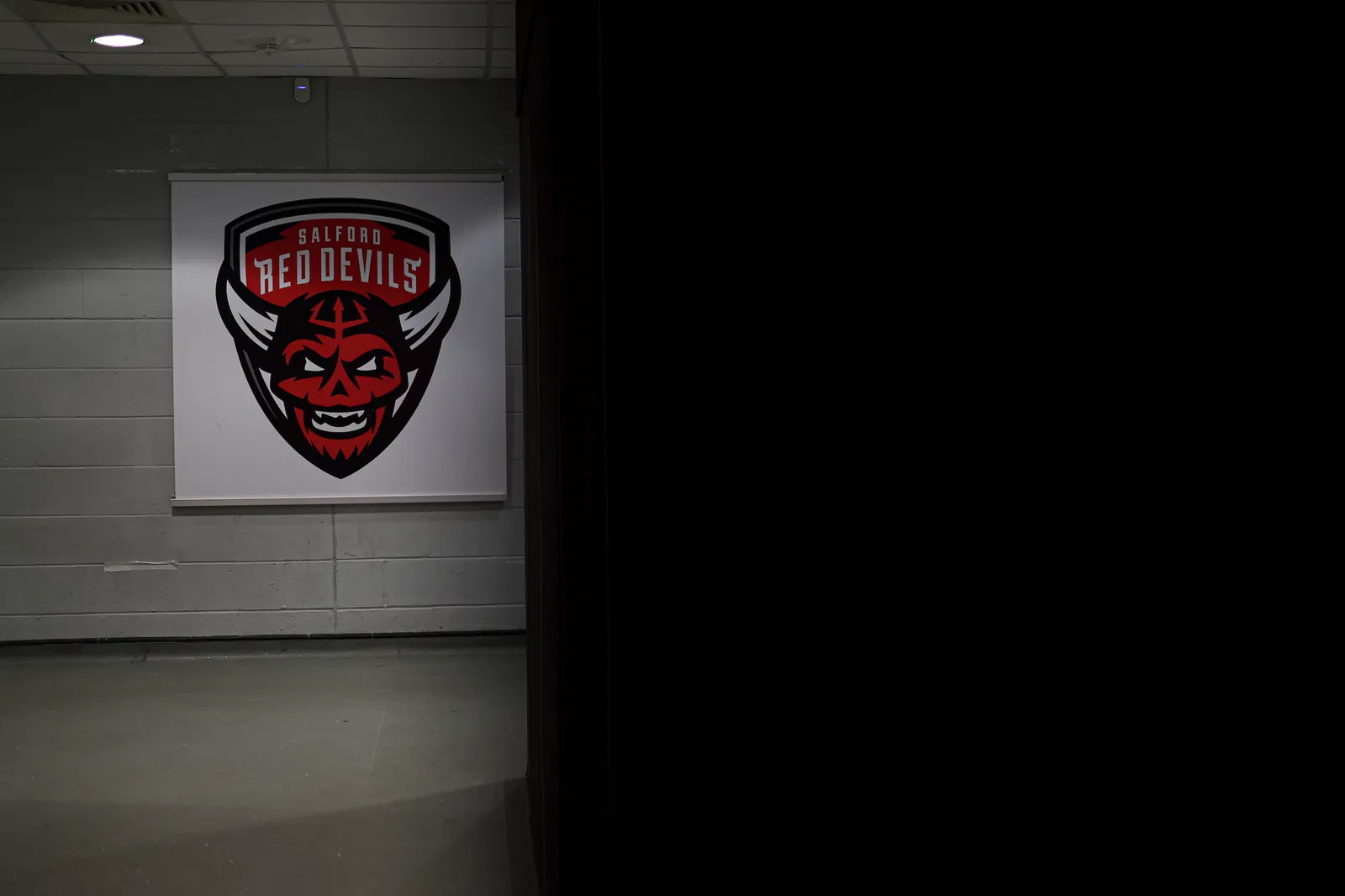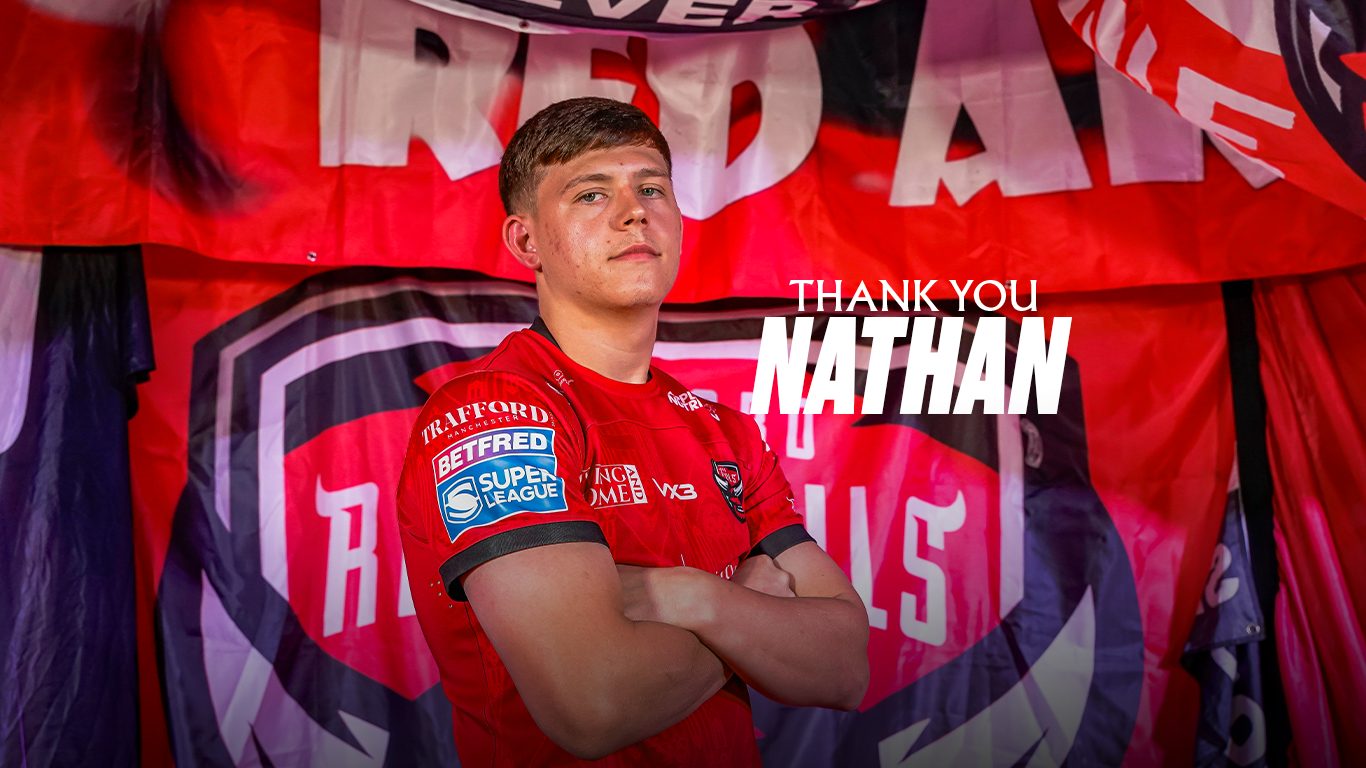Salford’s Former High-Flying Winger & ‘Superstar’, Recalls Memories Of His Time At The Willows
CONTENTS
Part 1 – HIS EARLY RUGBY CAREER
Part 2 – MEMORIES OF HIS TIME WITH SALFORD
Part 3 – HE REMEMBERS HIS SALFORD TEAMMATES
Part 4 –HIS INTERNATIONAL CAREER
Part 5 – HIS INVOLVEMENT IN BBC TV’S ‘SUPERSTARS’
Part 6 – HIS POST RUGBY CAREER
Part 3 – HE REMEMBERS HIS SALFORD TEAMMATES
During the 1970s, Keith played wing to two talented international stand-off halves, David Watkins and John Butler both of whom had moved into the three-quarters to play centre to him.
“They were really quite different types of player from each other, particularly in the way they worked with me as a right-wing partnership.
“David was a very special player because, apart from being massively talented, he had skills which very few other players even contemplated having. They included the ability to change direction with incredible ease, which fooled so many defences, but on top of all that he was incredibly hard and so durable. Nothing, whatsoever, seemed to daunt or unnerve him.
“As a centre, he would beat a couple of players and then put me away. John, on the other hand would attract players towards him and then having done so, he too would put me in the clear. Of the two, David was harder to follow because you wouldn’t always know which skills or tactics he would employ to beat the opposition.
“John was much easier to read and follow, creating those crucial moments in a totally different way. It was just so marvellous being outside each of them at the different stages of my career, and what a wonderful position to be in, as I was at the time, first having David Watkins as my centre and Paul Charlton at fullback, later replaced by John Butler as my centre and David Watkins at fullback. It just couldn’t have got any better for me.
Another position which saw an important change of personnel, at around the same time, was at scrum half, where Welsh International, Peter Banner (Quality Street Gang No 4) moved to Featherstone to be replaced by Rovers’ home grown England & GB International, Steve Nash.
“Scrum halves in rugby union tend to be the link between forwards and backs, but that is not their role in rugby league. Both players were very good indeed, as shown by their respective international statuses. Probably Steve Nash was more individually creative, and also was good at supporting the breaks of others and keeping the attack going with a second wave.
“I can remember him taking issue with Arthur Beatson, over in Australia, on one of our tours, and Artie was absolutely massive but he didn’t intimidate Steve despite his own lack of height; he was so really hard. He was a one-off was Steve, he really was.
“Peter Banner was more direct and straight forward in his approach, which again made it easy to anticipate and read.”
Another completely contrasting element in the team were the two pairs of three-quarters, one on the right flank of which Keith was a part, and the other, comprising of Chris Hesketh and Maurice Richards, on the left side of the field.
“Chris Hesketh was absolutely unbelievable. I don’t believe he was ever put on the ground in all the seasons we played together, such was his strength and his ability to evade and fox the defence.
“Meanwhile, one of the luckiest things in my life was that I never had to play against Maurice Richards, in either code. He was a ballet dancer of a player, because although he didn’t have a massive side-step, his balance was incredible. He would take the ball in and then skim around past the defence, and he certainly wasn’t slow once he got in the clear.
“Contrasting as both pairs were, I really think we worked well together.”
Also operating close to Keith’s right-hand edge was second rower Colin Dixon.
“Colin provided me with a large number of tries over the years. He would make a break down my side of the field and then hand it on to me, to finish off, which is what my pace was there to do. As time went on, he was another of those who developed the low, angled kick behind the defence to my wing, which I would anticipate, and time so well that it often caught the referees and touch-judges off-guard, and I had many a perfectly good try chalked off because of that.
“First and foremost, though, Colin was a gentleman. He was also a family man, upright and honest. On the field he was hard and uncompromising, but he was also skilful and fast – particularly his speed off the mark. He was the complete player, he cared for the people around him, and he helped me along considerably, over the time we played together.
“He did have a spell at loose forward for a while, but, for me, his best position was always second row.”
Colin’s second row partner for the later years was the most underrated John Knighton, who replaced Mike Coulman on Mike’s move up front to prop.
“John always played up to expectations and never let the team down. He had a really good on field relationship with stand-off, Kenny Gill, and this really stood him in good stead because he quickly learned to follow Kenny wherever he went. He got great passes for him to run onto, and then he would run fabulous lines which tore defences apart. I can remember in a game against Castleford, the pair of them ran absolute rings round Cas.
“John was a real unsung hero which is a bit unfair on him really, because he had a tall and rangy physique, and had pace and good hands, so much so that he finished his playing career in rugby union as a stand-off.”
The mention of Kenny Gill, however, brings to the fore the player around whom almost all of Salford’s tactics were built.
“Kenny could turn good players around him into great players. And he took so much physical harm in so doing, because he just wasn’t looked after by the match officials at the time. When he was on the field, the whole game changed just by his presence and the things that he conjured up out of nothing. The first thing he did was to run at the opposition, got them on the retreat, and then put out short passes, which had the opposition defence bewildered at just what was happening.
“There are many who say quite strongly that he was the best rugby player they have ever seen, in either code. He was an absolutely fantastic player.”
Loose forward, Eric Prescott, was another of the group of players who really impressed Keith, in their time together at The Willows.
“Eric was brilliant; he was a player ahead of his time, and I am sure that had he been starting his career ten years later, he would have done even better. He could handle the ball, was fast, powerful, a willing tackler, and knew when and how to support the player with the ball. He was wonderful to play alongside, simply because of his work-rate ethic, as indeed were so many of our forwards.”






